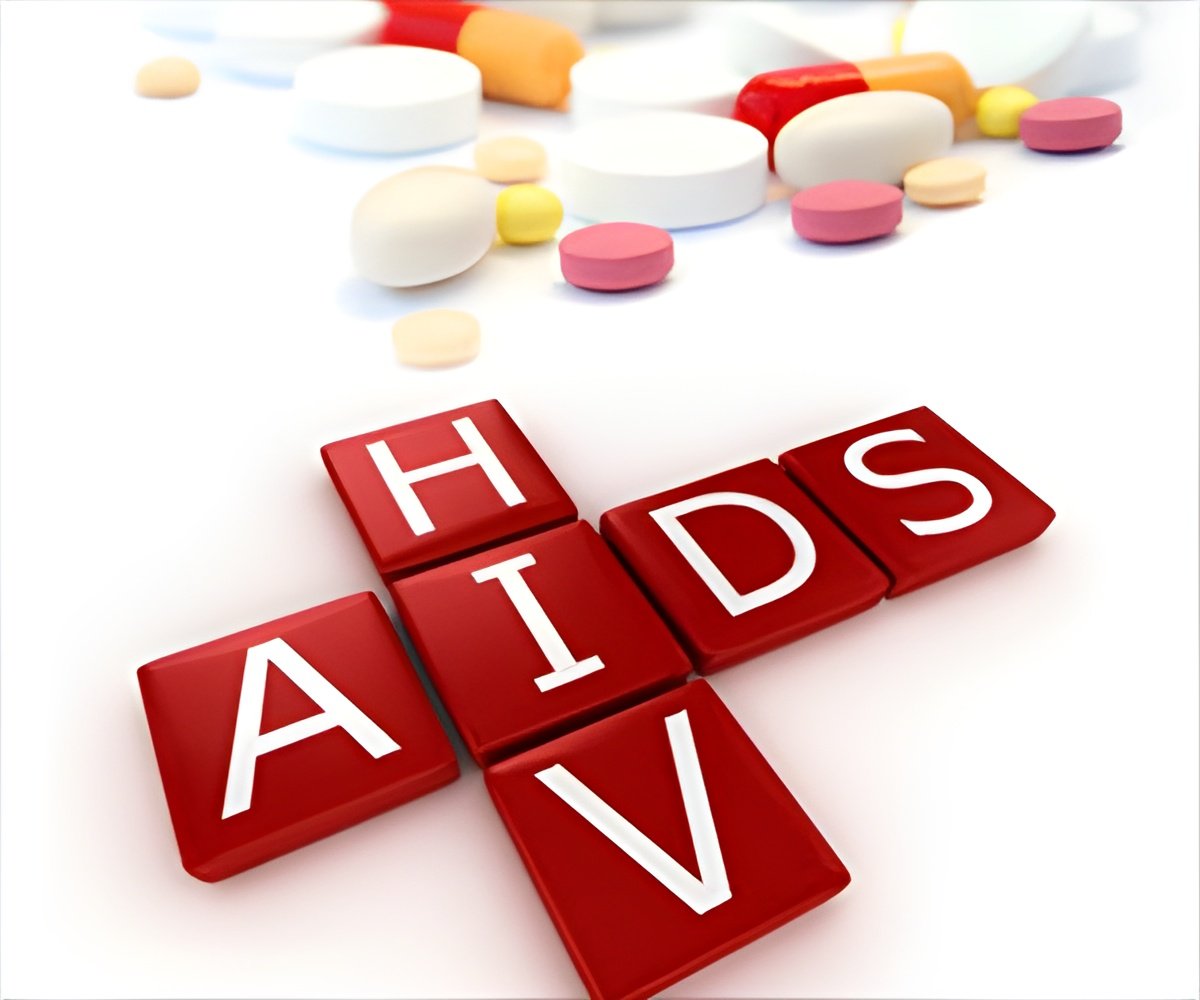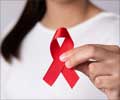Majority of teenage boys most at risk for developing HIV are not being examined for the disease, reports a new study. This lack of testing feeds the growing epidemic of undiagnosed HIV infections in the US.

‘Lack of testing feeds the growing epidemic of undiagnosed HIV infections among teens in the US.
’
Read More..




The study found: Read More..
- Fewer than one in four gay, bisexual and questioning teenage boys (under 18 years old) has ever received an HIV test in their lifetime
- Among teens engaging in condomless anal sex, only one in three report testing for HIV, despite the high risk of transmission
This group of boys is disproportionately at risk of acquiring HIV but faces many structural barriers that hinder testing, such as simply not knowing they can legally consent to get an HIV test, where to get tested, and fears of being outed. This is true even for those who want to check their status, the study found. This new study identified factors that increase the likelihood of testing, including parents talking about sex and HIV prevention, knowing basic facts about HIV, and feeling that testing is important and they are empowered to do it.
When all these factors were considered together, the most important factors were having had conversations with their doctors about HIV, same-sex behavior and sexual orientation.
"Doctors - pediatricians in particular - need to be having more frank and open conversations with their male teenage patients, including a detailed sexual history and a discussion about sexual orientation - ideally a private conversation without parents present," said first and senior author Brian Mustanski, director of the Institute for Sexual and Gender Minority Health and Wellbeing (ISGMH) at Northwestern University Feinberg School of Medicine.
Advertisement
The findings will be published February 11 in the journal Pediatrics. This news comes in the wake of President Donald Trump's announcement of the 2019 federal "Ending the HIV epidemic" initiative. One of the four pillars of the initiative is diagnosing individuals with HIV early after infection. But in order to diagnose patients, individuals must be tested for HIV, Mustanksi said.
Advertisement
- Pediatricians can update their intake forms to include a section on sexual orientation
- By hanging visual cues like Safe Zone or LGBTQ ally posters in exam rooms, they can signal safety and acceptance to adolescents
- Doctors can articulate to patients that their office is a safe space to discuss sexuality
- They can reinforce doctor-patient confidentiality, which can be accomplished by asking patients' parents to exit the room during part of the patient-history
For pediatricians who do not want to engage in conversations about sexual orientation, defaulting to HIV testing with informed "opt-out" can be effective, too. Teens also can opt to get testing in many community organizations that offer HIV testing. A map of these clinics can be found at locator.hiv.gov. These programs are equipped to help counsel people on how to reduce their future risk for HIV and how to access health care services if they test positive.
"To promote these options, we need health education programs that teach teens about their legal rights to testing, the importance of testing, and how to go about it," said co-author Kathryn Macapagal, research assistant professor of medical social sciences and psychiatry and behavioral sciences at Feinberg. "Our team developed a program that addresses these needs for teens, and we expect the results of our nationwide trial to come out soon."
As part of a larger randomized control trial, the study asked 699 gay, bisexual and questioning male teenagers (ages 13-18) about their lifetime receipt of an HIV test, demographics, sexual behaviors, and condom use, experience of HIV education from schools and family, sexual health communication with doctors, HIV knowledge, and prevention/risk attitudes.
Source-Eurekalert















